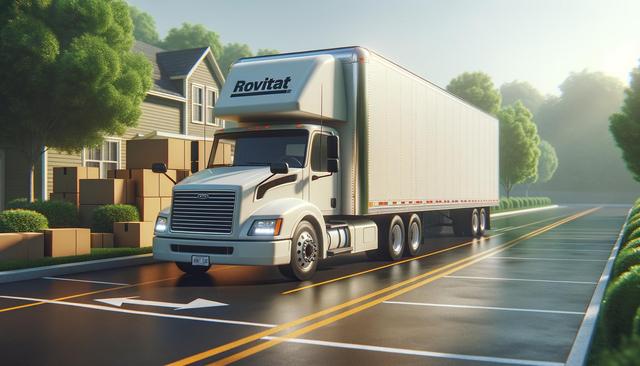How To Choose The Right Truck For Moving
One of the first steps in planning a successful relocation is understanding how to choose the right truck for moving. Not all moves are created equal, and selecting a truck that matches the size and complexity of your move can save time and money. Start by assessing the volume of your belongings. Are you moving a studio apartment, a family home, or just a few pieces of furniture? Truck rental companies usually offer a variety of sizes, from compact cargo vans to large 26-foot trucks. Choosing the correct size ensures you don’t overpay for unused space or risk multiple trips because the truck is too small.
When making your decision, consider the following:
- Number of rooms being moved
- Large, heavy items like appliances or furniture
- Whether you’re moving locally or long-distance
- Your comfort level with driving a larger vehicle
Additionally, ask about features like ramps, tie-downs, and loading assistance, which can make the process easier. Understanding these options will help you make an informed decision and lead to a smoother transition.
Tips For A Smooth And Organized Relocation
Planning ahead is crucial for a smooth and organized relocation. With the right strategies, you can reduce stress and ensure everything arrives at your new home safely. Start by creating a moving checklist that includes all essential tasks—from gathering packing materials to confirming rental truck reservations. Label your boxes clearly and keep an inventory to track your items during the move.
Here are a few practical tips to keep your move on track:
- Pack non-essential items first and leave everyday necessities for last
- Use soft items like towels and linens to cushion fragile belongings
- Reserve your moving truck early, especially during peak seasons
- Recruit help from friends or family for loading and unloading
Staying organized doesn’t end once the truck is loaded. Make sure to pack a ‘first-night’ box with essentials like toiletries, clothes, and important documents, so you’re not scrambling to find them after a long moving day.
What To Know Before Renting A Moving Truck
There are several factors to consider before renting a moving truck to avoid surprises on moving day. First, understand the rental terms and fees. Most companies charge by the day and mileage, so knowing your route and estimated duration helps you stay within budget. Also, consider insurance. While your personal auto insurance might not cover rental trucks, rental companies often offer coverage options for damage, theft, or liability.
Key things to clarify with the rental company include:
- Pick-up and drop-off locations
- Fuel policy (whether you need to return it with a full tank)
- Additional charges for late returns or mileage overages
- Required documentation for rental (driver’s license, credit card, etc.)
Also, take the time to inspect the truck before leaving the lot. Check for existing damage, ensure lights and brakes work correctly, and make sure the cargo area is clean and ready for loading. Being thorough upfront can prevent issues later.
Common Mistakes To Avoid During A Move
Even with the best intentions, moving can be full of unexpected challenges. Being aware of common mistakes to avoid during a move can save you time, money, and frustration. One frequent error is underestimating how long packing and loading will take. Rushing to get everything done last-minute increases the risk of damage or forgotten items.
Other common pitfalls include:
- Choosing the wrong truck size
- Failing to secure items properly inside the truck
- Not checking traffic or weather conditions for moving day
- Skimping on packing supplies like boxes, tape, and padding
Another mistake is neglecting to plan for parking at your old or new residence. Large moving trucks need space and may require special permits in urban areas. Planning ahead can help you avoid fines or delays. Remember, it’s often the small details that make the biggest difference during a move.
How To Estimate Truck Size For Your Move
Accurately estimating truck size is essential to avoid multiple trips or running out of space on moving day. Understanding how to estimate truck size for your move begins with evaluating the number and size of your household items. A one-bedroom apartment usually fits in a 10- to 12-foot truck, while a larger home might require a 20- to 26-foot truck.
Use online calculators or speak with rental company representatives to help estimate the proper size. Consider these general guidelines:
- 10-12 ft: Studio or one-bedroom apartment
- 14-17 ft: Two-bedroom apartment or small home
- 20-26 ft: Three or more bedrooms
Don’t forget to account for odd-shaped or bulky items like mattresses, dressers, and outdoor equipment. It’s better to have a little extra room than to find out mid-move that your belongings won’t fit. When in doubt, go slightly larger, especially if you’re making a single trip.




Leave a Reply